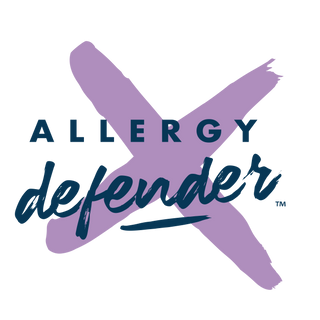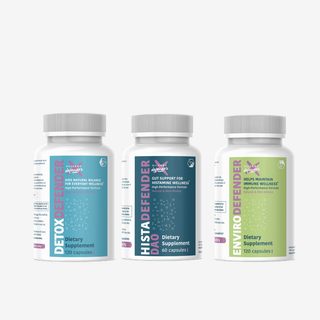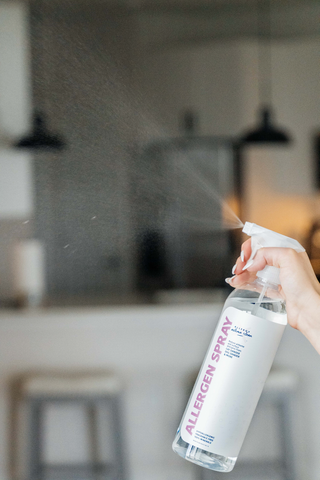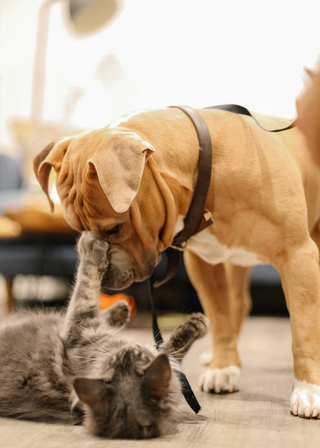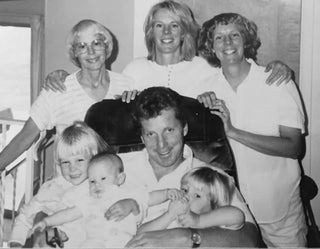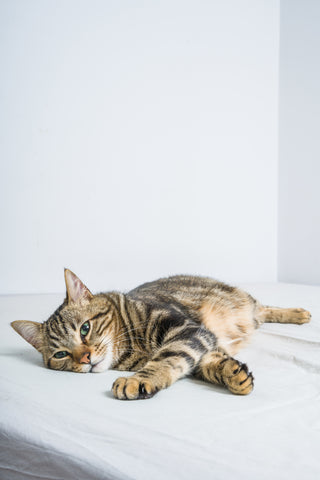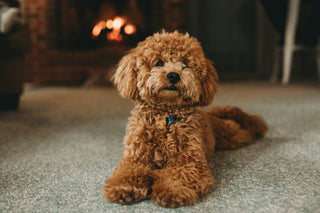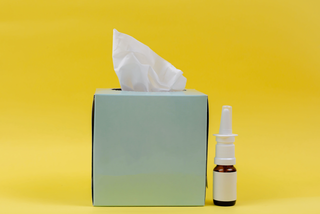TL;DR Hives (urticaria—red, raised, itchy welts) are typically caused by direct contact with pet saliva or urine, not pet dander. Pet saliva contains different proteins than dander, triggering different allergic reactions. When the immune system perceives saliva/urine as a threat, it releases histamine, causing blood vessels to leak, resulting in redness, swelling, and itching. Pet dander (tiny shed skin particles) usually causes respiratory symptoms (sneezing, coughing, itchy eyes, nasal congestion) rather than hives. Not everyone with pet allergies develops hives; some get respiratory symptoms, others skin reactions. Prevention: limit pet exposure, immediately wash body areas that have contact with pets, and avoid scratching hives, which will worsen patches.
Key Takeaways:
- Hives from saliva/urine, not dander – direct contact with pet saliva or urine causes hives; pet saliva proteins differ from dander proteins, triggering different allergic reactions
- Immune response causes hives – the immune system perceives saliva/urine as a threat, releases histamine and chemicals; blood vessels leak, causing characteristic redness, swelling, itching
- Pet dander causes respiratory symptoms – tiny shed skin particles typically trigger sneezing, coughing, itchy eyes, and nasal congestion, rather than hives; proteins become airborne, settle on surfaces
- Individual reactions vary – not all pet allergy sufferers develop hives; some experience respiratory symptoms (sneezing, wheezing, runny nose), others skin reactions (hives, eczema)
- Prevention strategies – limit pet exposure when possible, immediately wash body areas contacting pets (especially after licking), avoid scratching hives to prevent worsening patches
Can you actually get hives from pet dander*? Yes and no. Our co-founder is allergic to pet dander, with signs of allergic asthma symptoms like difficulty breathing, but she gets hives from pet saliva. She will get hives if a dog or cat licks any part of her body. She constantly washes her hands to prevent this reaction around pets.
If you have ever experienced hives after being around pets, you may wonder if pet dander is the culprit. In this blog post, we will explore whether pet dander or pet saliva can indeed cause hives.
What exactly are hives?
Hives, or urticaria (ur-kair-ee-uh), are red, raised, or itchy welts or bumps on the skin. They can be pale, too. They can vary in size and may merge to form larger patches. They can appear and quickly disappear. Hives are usually caused by direct physical contact with an animal, such as a cat or dog licking your hands or you touching their urine. Hives can also be caused by certain foods, medications, or insect bites, but this post will discuss the distinction between pet saliva and pet dander.
When a person comes into contact with pet saliva or urine, their immune system may perceive it as a threat and release histamine and other chemicals. These chemicals cause the blood vessels in the skin to leak, resulting in the characteristic redness, swelling, and itching associated with hives.
Pet saliva has different proteins than pet dander, which is sometimes why different allergic reactions occur.
Pet dander refers to the tiny particles of skin that pets shed. While many people have no adverse reactions to pet dander, others may experience sneezing, coughing, and itchy eyes.
The reaction to pet dander is usually caused by an allergy to proteins found in the pet's skin cells. These proteins can become airborne and settle on surfaces, such as furniture, carpets, and clothing, making it difficult to avoid exposure.
The immune system of individuals with pet dander, urine, or saliva allergy mistakenly identifies these proteins as harmful invaders, triggering an allergic reaction. This reaction can manifest as sneezing, coughing, itchy and watery eyes, nasal congestion, and even hives.
Not everyone who is allergic to pet allergies develops hives. Some individuals may experience respiratory symptoms such as sneezing, wheezing, or a runny nose, while others may have skin reactions like hives or eczema.
If you suspect pet saliva or urine is causing your hives, consult a healthcare professional for an accurate diagnosis. They may recommend skin or blood tests to determine if you are allergic to pet saliva, urine, or pet dander.
If you suspect pet allergies are causing your hives, what's the best form of prevention?
1. If possible, try to limit your exposure to pets. If that's impossible, immediately wash any area of your body that has come in direct contact with your cat or dog.
2. Avoid scratching your hives. We know it's hard, but you don't want those red patches to worsen.
* Pet allergies are lumped together with not only respiratory symptoms but skin reactions as well. Pet dander is referred to the dead skin cells of pets.
